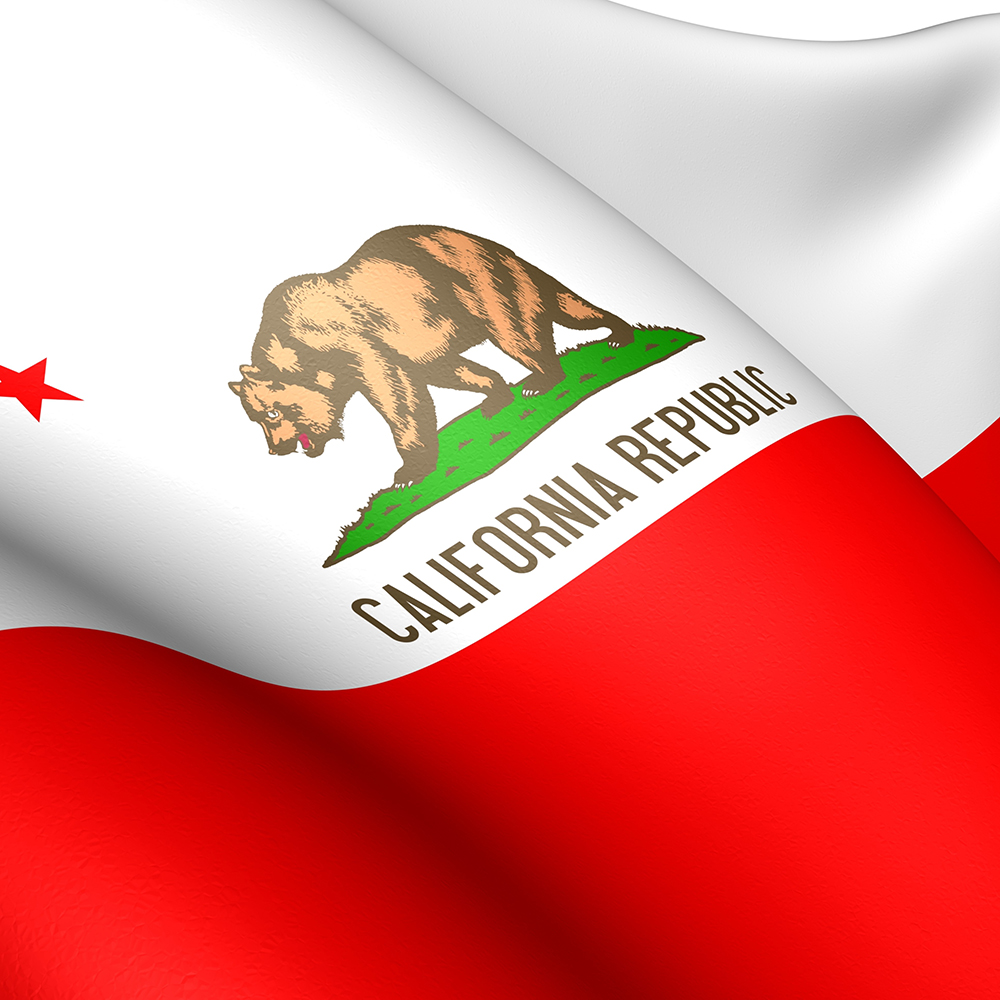Back in 2003, Mohammed Saeed al-Sahaf became a notorious figure in global media for his press statements at the start of the War in Iraq.
Declaring that “Baghdad is safe” and “(American) infidels are committing suicide by the hundreds in the gates of Baghdad” as US tanks raced through the city behind him, al-Sahaf earned the nickname “Baghdad Bob” or “Chemical Ali” from the western press.
One was reminded of Ali’s infamous press conferences watching Assembly Budget Committee chairman Phil Ting roll out the Assembly Democrat “budget blueprint” last week.
Facing projections by the nonpartisan Legislative Analyst’s office of a nearly $25 billion budget shortfall that could grow much worse quickly if the state enters a recession, Ting boldly declared in a statement that, “California is prepared to weather future economic downturns while still prioritizing the gains that we have made in K-12 and early childhood education, our higher education institutions, homelessness support, and health care.”
Channeling his inner Baghdad Bob, Ting delivered his statement as a river of budget red ink was figuratively rising around the State Capitol.
If legislative Democrats are not prepared to make any significant budget cuts, what does Ting say they will do to close the shortfall?
The Assembly Democrat budget blueprint charts a budget filled with internal borrowing, including “shift(ing) spending to special funds temporarily when possible” and “considering low-cost borrowing from special funds, especially if (the state’s) revenue situation worsens.”
By relying on fund shifts and internal borrowing, Assembly Democrats are charting a return to the budget mess of 15-20 years ago.
Recall that when former Gov. Jerry Brown took office, the state had amassed nearly $35 billion in budgetary borrowing, which he nicknamed the “wall of debt.”
The state built the wall of debt when governors and legislators of both parties for years kicked the can down the road rather than making the tough but necessary choices required to steady the state’s finances.
It took the state most of the past decade to pay it all off.
While painful budget choices are on the horizon, lawmakers should be very wary about going down this path again. The cost will surely be higher now, especially given that so-called “low-cost borrowing” will inevitably be more expensive given rising interest rates.
Another budget challenge this year will be rising inflation. As the nonpartisan Legislative Analyst’s office recently noted, while the state can afford to provide an 8.38 percent cost-of-living adjustment for education, they can’t do so in the rest of the budget. They note that their “estimate of a $24 billion budget problem understates the actual budget problem in inflation-adjusted terms.”
The Assembly Democrat budget blueprint admits that it “will be difficult to adjust all programs to keep up with current inflation rates.”
In one bit of good news, Ting says that for now, Assembly Democrats don’t plan to rely upon the state’s budget reserves for now.
“Reserves are not going to be the first place we go to balance the budget,” he told Politico.
Thanks to the state’s Rainy Day Fund reserve, which was a top priority of legislative Republicans led by then-GOP Leader Connie Conway, the state has saved nearly $24 billion to weather the coming budget rainstorm. Altogether, the state has about $37 billion in various reserve accounts. But as the Legislative Analyst’s office warns, current estimates are of a state on the brink of, but not yet in, recession. As such, they urge lawmakers to craft the 2023-24 budget without touching the reserves.
The big question will be – as the economy and state revenue continues to decline, how long can Ting and his colleagues withstand the inevitable pressure from big spenders and liberal special interests to tap into the reserve to keep their budget priorities whole?
Tim Anaya is the Pacific Research Institute’s senior director of communications and the Sacramento office.

